Upon infection, the C. elegans worm reshuffles the roles of brain cells and flips the functions of some of the chemicals it uses to regulate behavior.
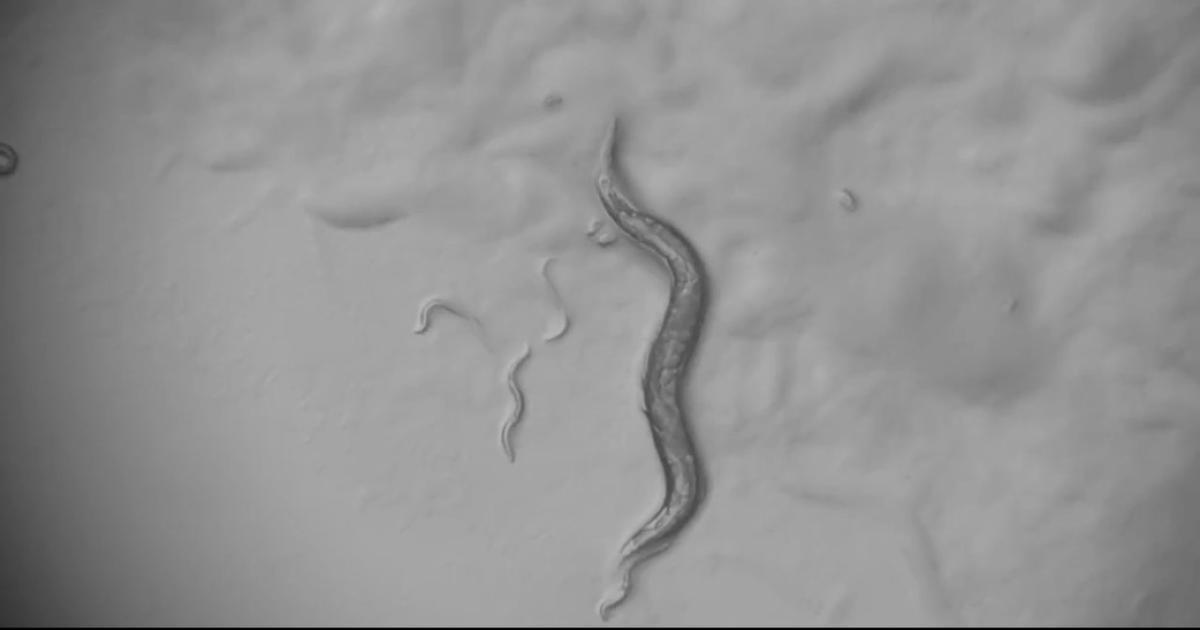


Likes, — theimagehs on February 17, 2025: Tacornacↄacnt city first scene.
Created by @theimagehs.
Midjourney July creations next to @klingai_official 1.6 @freepik
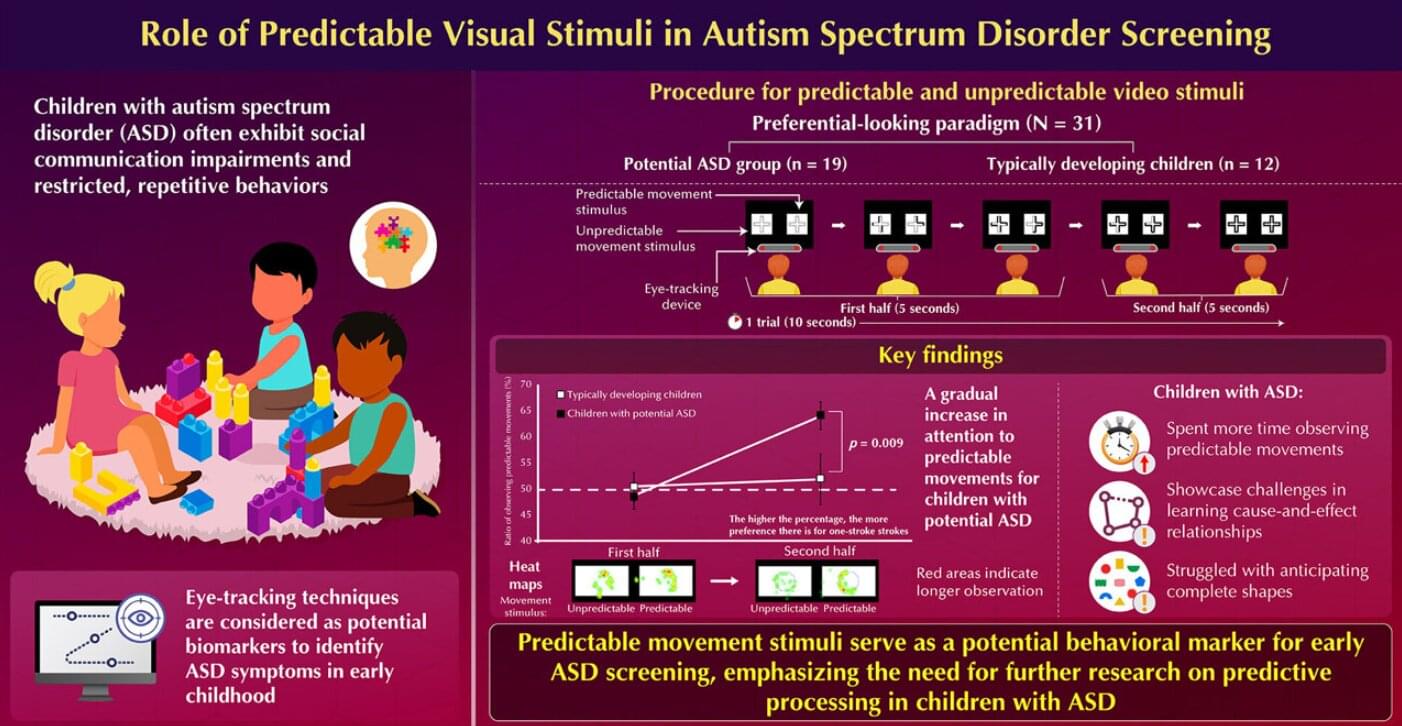
Children with autism spectrum disorder (ASD) often experience social communication impairments and engage in restricted and repetitive behaviors (RRBs). Early identification of these symptoms is critical for timely intervention, but detecting RRBs, in particular, remains a challenge.
Previous studies using eye-tracking methods have revealed that children with ASD tend to favor non-social stimuli over social ones, a preference that aligns with ASD symptoms. However, the developmental timeline of this preference—especially regarding repetitive versus random movements—remains poorly understood.
Research has shown that children with ASD may spend more time observing repetitive movements, a key characteristic of RRBs, but the underlying reasons for this preference and how it evolves over time remain unclear. This gap in understanding presents a significant challenge for accurately diagnosing and addressing the sensory and behavioral traits associated with ASD in young children.

Dr. Richard Lieu, a physics professor at The University of Alabama in Huntsville (UAH), a part of The University of Alabama System, has published a paper in the journal Classical and Quantum Gravity that proposes a universe built on steps of multiple singularities rather than the Big Bang alone to account for the expansion of the cosmos.
The new model forgoes the need for either dark matter or dark energy as explanations for the universe’s acceleration and how structures like galaxies are generated.
The researcher’s work builds on an earlier model hypothesizing that gravity can exist without mass.
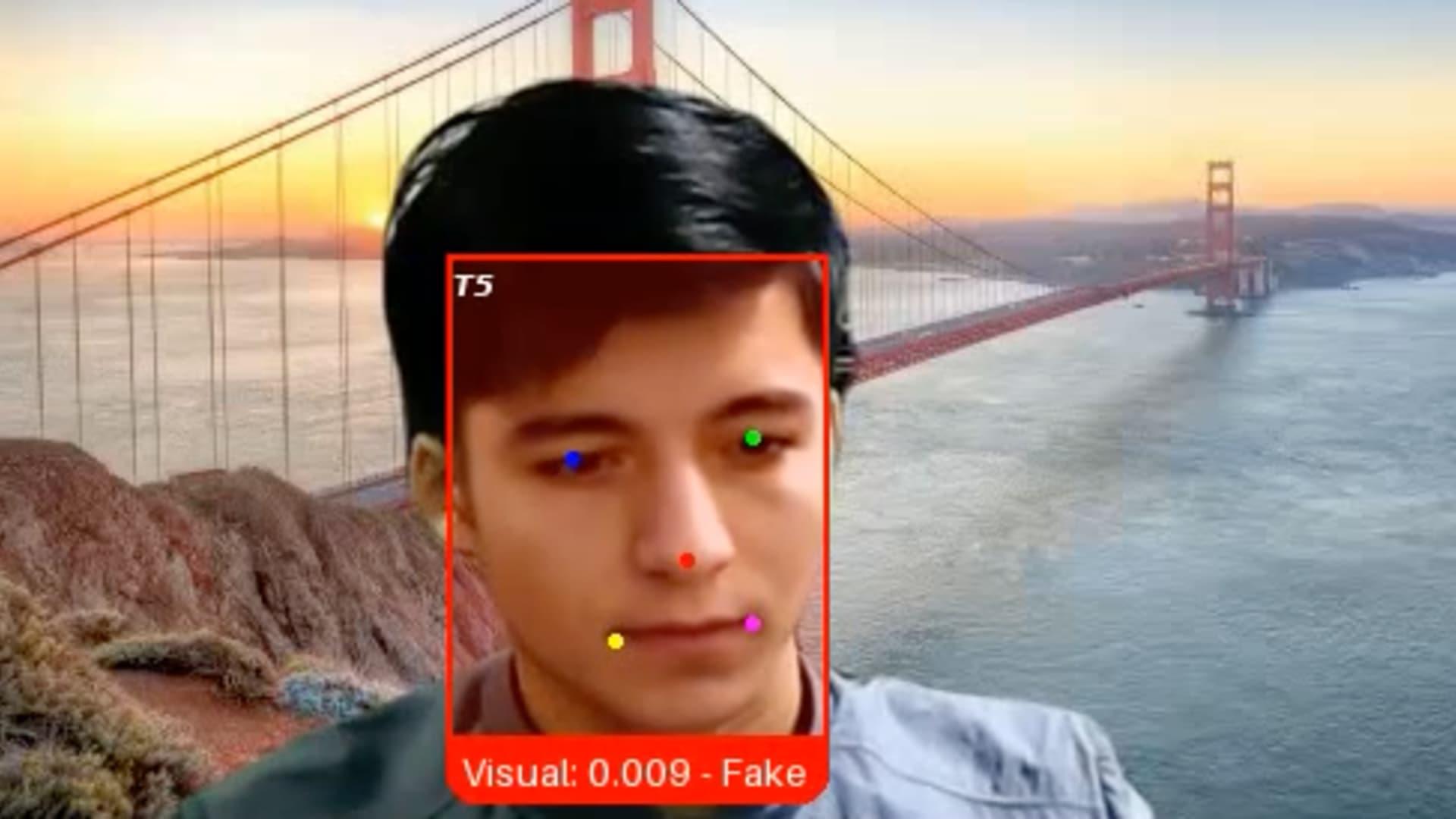
That’s because the candidate, whom the firm has since dubbed “Ivan X,” was a scammer using deepfake software and other generative AI tools in a bid to get hired by the tech company, said Pindrop CEO and co-founder Vijay Balasubramaniyan.
“Gen AI has blurred the line between what it is to be human and what it means to be machine,” Balasubramaniyan said. “What we’re seeing is that individuals are using these fake identities and fake faces and fake voices to secure employment, even sometimes going so far as doing a face swap with another individual who shows up for the job.”
Companies have long fought off attacks from hackers hoping to exploit vulnerabilities in their software, employees or vendors. Now, another threat has emerged: Job candidates who aren’t who they say they are, wielding AI tools to fabricate photo IDs, generate employment histories and provide answers during interviews.
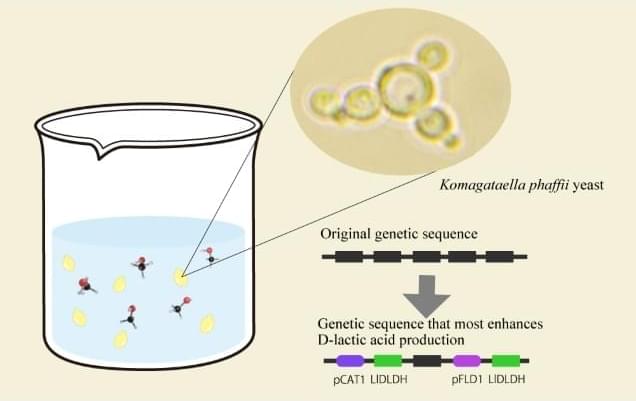
Constructed strain achieves record-high yield from methanol, advancing ecofriendly biomanufacturing. Researchers from Osaka Metropolitan University have discovered the ideal genetic “recipe” to turn yeast into a tiny yet powerful eco-friendly factory that converts methanol into D-lactic acid, a key compound used in biodegradable plastics and pharmaceuticals.
This approach could help reduce reliance on petroleum-based processes and contribute to more sustainable chemical production.
Lactic acid is widely used in food, cosmetics, pharmaceuticals and bioplastics.
In this second episode of the (A)bsolutely (I)ncredible Podcast, I sit down with Dennis Wilson, Founder of DBC Technologies.
Dennis is deeply involved in my friend Jim Roddy’s Retail Solution Providers Association (RSPA) and is a regular speaker at RSPA events.
Dennis shares the benefits of AI with these providers. He is a passionate marketer who has created a platform that utilizes the best Al capabilities the industry marketplace has to offer.
DBC stands for Doing Business Creatively — utilizing 25 + years of CRM, software, marketing, and sales automation experience.
DBC has been deeply involved and integrating Al into their software and client’s businesses since the launch of OpenAI’s ChatGTP.
If you’re interested in AI Voice solutions for your business let me know and I’ll be glad to connect you with Dennis and his team of experts.

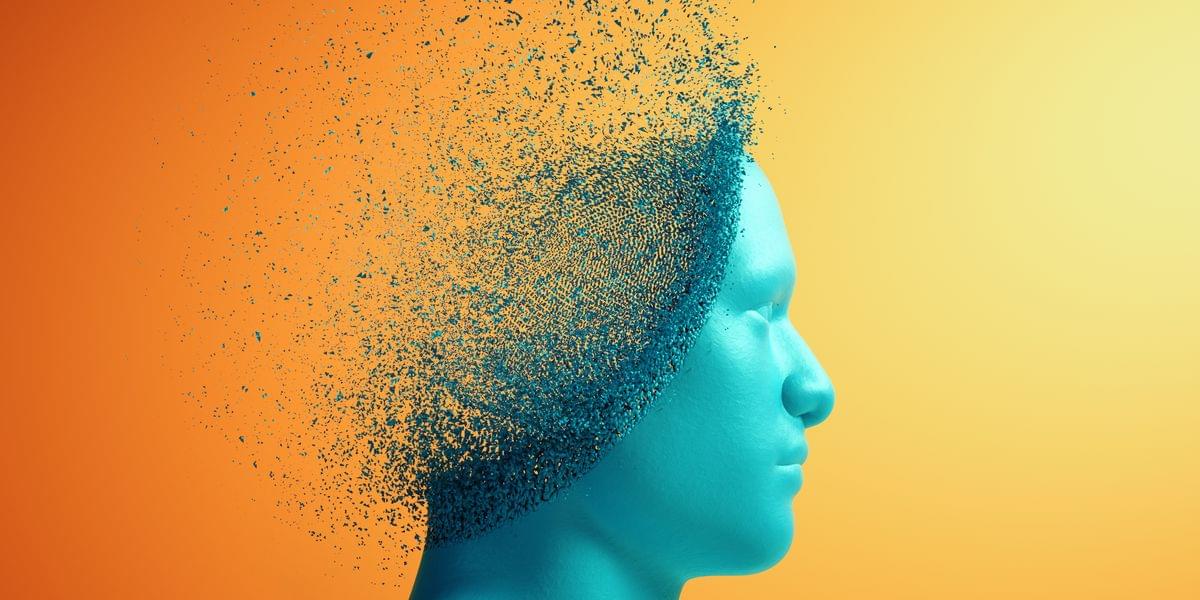
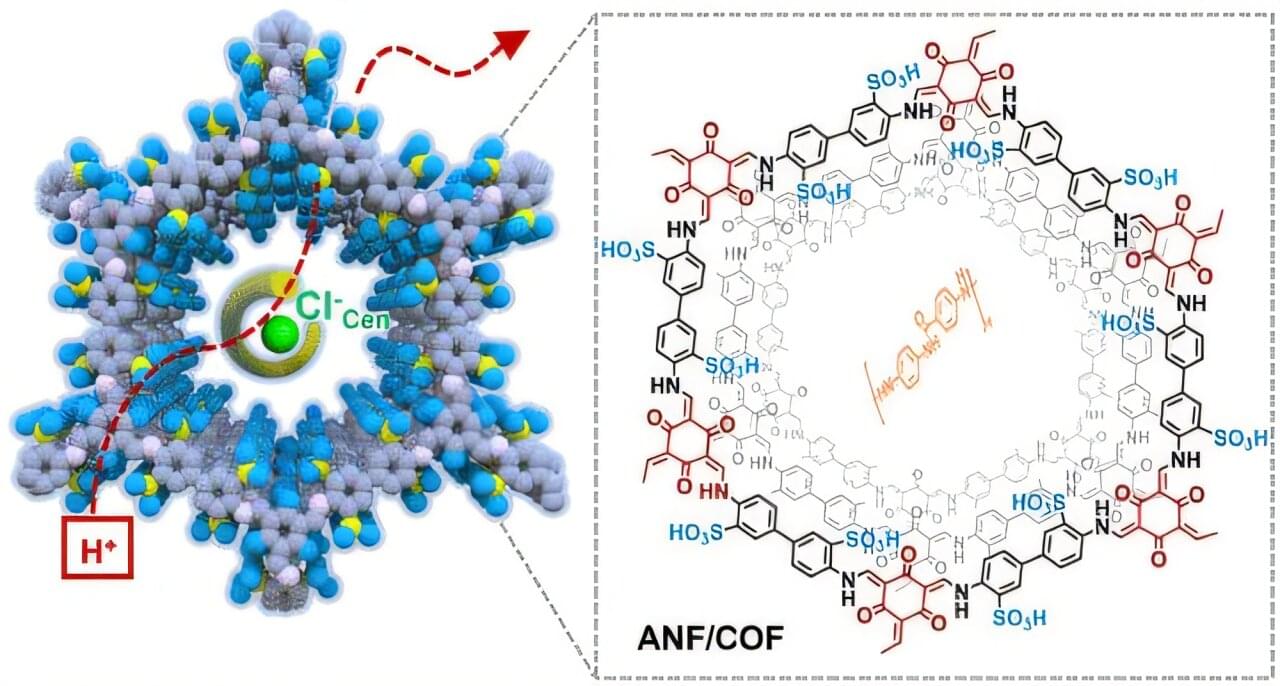
A research team from the Qingdao Institute of Bioenergy and Bioprocess Technology of the Chinese Academy of Sciences, along with collaborators, has introduced a novel membrane design that mimics biological protein channels to enhance proton transport for efficient energy harvesting. The study was published in the Journal of the American Chemical Society.
Proton transport is fundamental to many biological processes and energy conversion methods. Inspired by the ClC-ec1 antiporter found in Escherichia coli, which facilitates the movement of chloride (Cl-) and protons, the researchers developed a hybrid membrane composed of covalent organic frameworks (COFs) integrated with aramid nanofibers (ANFs).
This ANF/COF composite forms a robust hydrogen-bonding network and features amide groups that selectively bind to Cl- ions, significantly lowering the energy barrier for proton conduction.